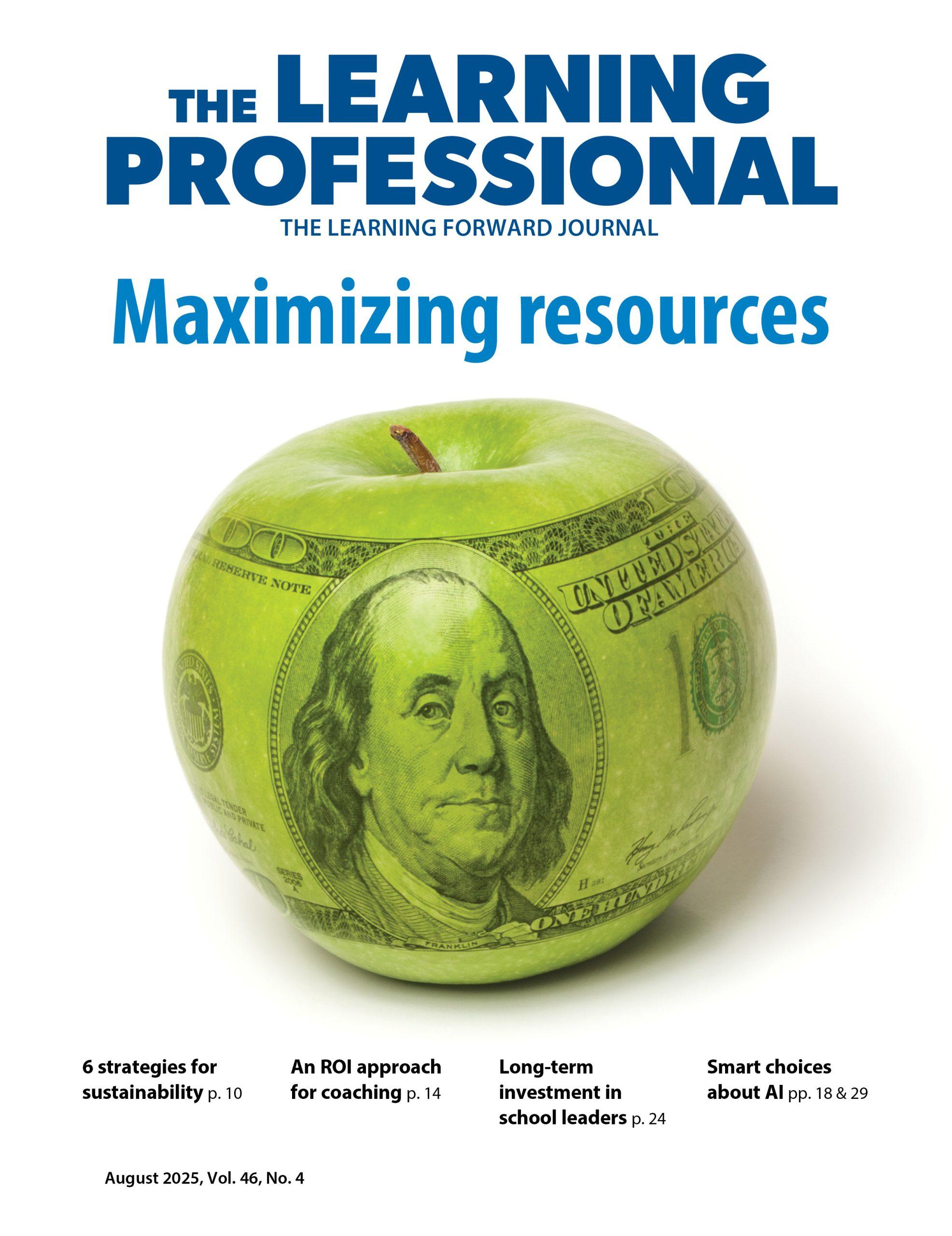Problem Solvers
Teacher leader teams with content specialist to strengthen math instruction
By Learning Forward
Categories: Coaching, Implementation, Teacher leadershipFebruary 2015
Read the remaining content with membership access. Join or log in below to continue.
Sed ut perspiciatis unde omnis iste natus error sit voluptatem accusantium doloremque laudantium, totam rem aperiam, eaque ipsa quae ab illo inventore veritatis et quasi architecto beatae vitae dicta sunt explicabo. Nemo enim ipsam voluptatem quia voluptas sit aspernatur aut odit aut fugit, sed quia consequuntur magni dolores eos qui ratione voluptatem sequi nesciunt. Neque porro quisquam est, qui dolorem ipsum quia dolor sit amet, consectetur, adipisci velit, sed quia non numquam eius modi tempora incidunt ut labore et dolore magnam aliquam quaerat voluptatem.
In fall 2013, Boston Public Schools math content specialist Christine (Christy) Connolly met with the principal of the Hurley School, a dual-language school in Boston, Massachusetts. The principal outlined the strengths and needs for mathematics instruction in the school and possible areas of concern. She then asked Connolly to meet with teacher leader Sara Zrike to create a plan to improve instruction.
What follows is Zrike’s story.
Recommendations for the Hurley School
Unpack the math standards by grade level.
Consider how the Common Core’s Standards for Mathematical Practice are evident and are planned for during student learning.
Use formative assessment as a way to inform practice day-to-day.
Encourage staff to participate in professional learning when possible.
— Christine Connolly
Common Planning Time Agenda
| Mathematical questioning at the Hurley K-8Big question:
How can we facilitate rigorous student conversation, as opposed to teacher-to-student conversation, through the types of questions we ask? |
| The data show:In five out of 10 classes, teacher talk was more frequent than student talk.
In three out of 10 classes, students offered comments and questions regarding other students’ work without prompting. In seven out of 10 classes, teachers asked questions in back-and-forth style. In three out of 10 classrooms, teachers illuminated misconceptions as learning opportunities (i.e. found errors that are common and had a discussion). |
| Agenda:Establish connections between this work and the Massachusetts State Frameworks for Mathematics, including the Standards for Mathematical Practice.
Sort questions from Ms. Muhammad’s math lesson. What did you notice? How did you sort? Why? How is this connected to the article “Questioning our patterns of questioning.” Discuss the article “Questioning our patterns of questioning.” Aha! moments. What types of questions do you think you ask in your classroom? Identify the types of questions in Hurley School classrooms. One color = funneling questions; another color = focusing questions. What did you notice about questioning at the Hurley? Practice rewriting funneling questions as focusing questions. How can these questions be rewritten to encourage student-to-student discourse, extend mathematical thinking, and allow students to learn from misconceptions? Where do we go from here? What are the implications from this article and these activities for your own teaching? What is one takeaway? |
References
Herbal-Eisenmann, B. & Breyfogle, L. (2005). Questioning our patterns of questioning. Mathematics Teaching in the Middle School, 10(9), 484-489.
Learning Forward is the only professional association devoted exclusively to those who work in educator professional development. We help our members plan, implement, and measure high-quality professional learning so they can achieve success with their systems, schools, and students.
Categories: Coaching, Implementation, Teacher leadership
Recent Issues
MEASURING LEARNING
June 2025
To know if your professional learning is successful, measure educators’...
NAVIGATING NEW ROLES
April 2025
Whether you’re new to your role or supporting others who are new,...
LEARNING DESIGNS
February 2025
How we learn influences what we learn. This issue shares essential...
BUILDING BRIDGES
December 2024
Students benefit when educators bridge the continuum of professional...









